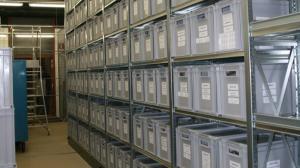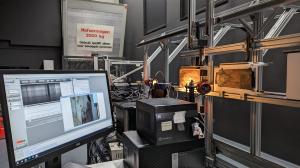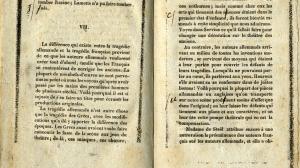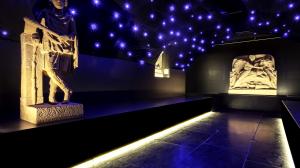Research projects
Discover out more about the current research projects being carried out by our scientific team in collaboration with a wide range of national and international partners.
The scientific team

The research carried out at Mariemont is organised around 8 thematic areas which reflect the specific features of the scientific work carried out in the museum sector.
There are around thirty collaborative research projects in which members of the Mariemont scientific team are involved.
The results of this research are made available to the scientific community and are the subject of ongoing accessibility work to ensure that they are passed on to the public.
Discover their research work below.


































